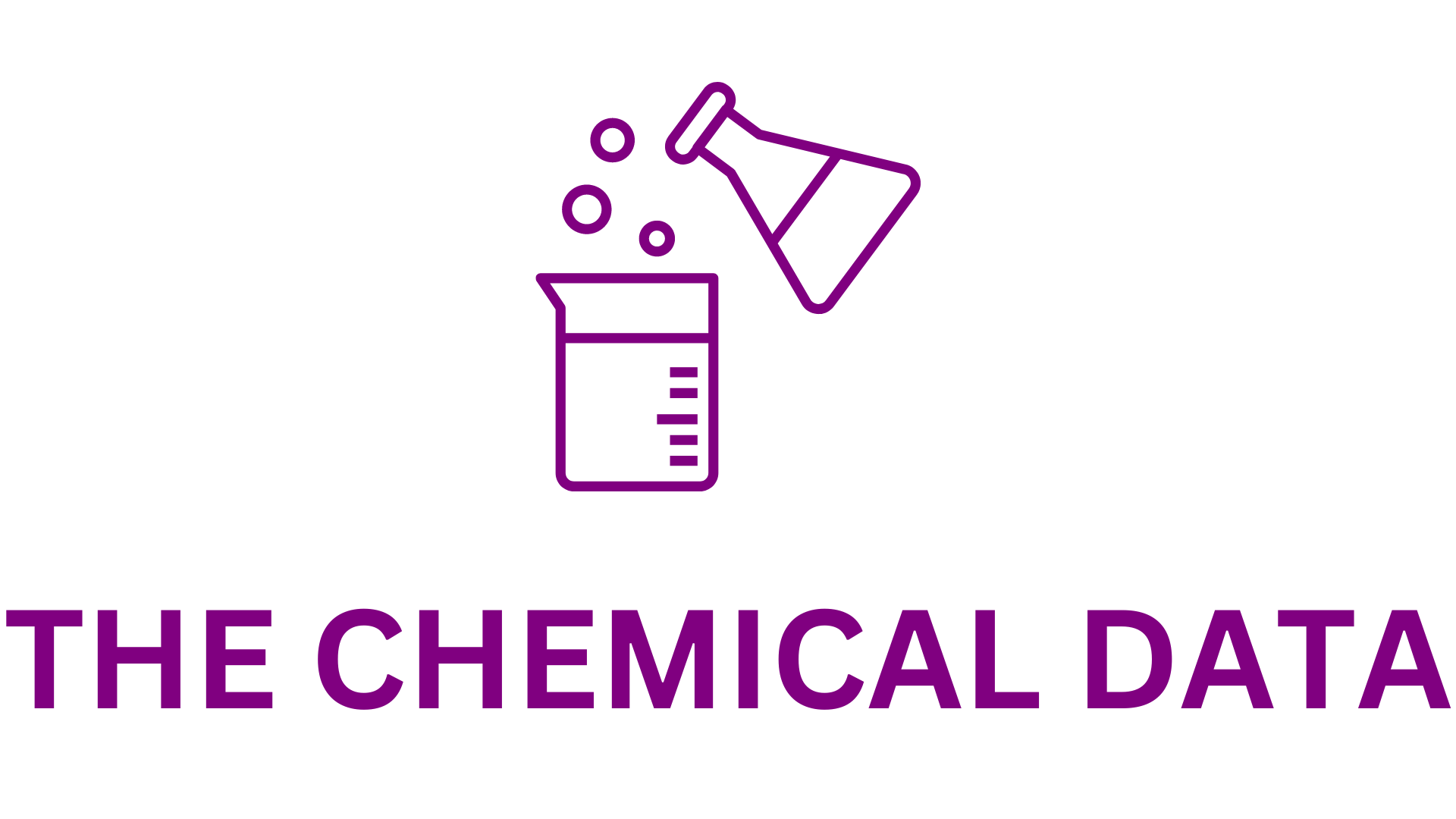
Precision BioSciences Presents Promising Preclinical Data for PBGENE-DMD in Duchenne Muscular Dystrophy at 2025 MDA Conference
Introduction to PBGENE-DMD and the DMD Challenge
Precision BioSciences, Inc., a clinical-stage gene editing company, has announced the presentation of promising preclinical data for its PBGENE-DMD development program, which targets Duchenne muscular dystrophy (DMD). This data was shared during an oral presentation at the 2025 Muscular Dystrophy Association (MDA) Clinical & Scientific Conference held March 16-19, 2025, in Dallas, Texas.
Duchenne muscular dystrophy is a severe and progressive muscle-wasting disease caused by defects in the dystrophin gene. While advancements have been made in the DMD field, current treatments still fall short of providing durable and significant functional improvements. Precision BioSciences aims to address this gap by offering a novel gene editing approach, which could bring long-term benefits to DMD patients.
The Promise of PBGENE-DMD and Gene Editing
PBGENE-DMD leverages Precision BioSciences’ proprietary ARCUS® platform to excise the genetic root cause of DMD, focusing on defects between exons 45 and 55 of the dystrophin gene. This gene editing strategy could restore the body’s ability to produce a functional dystrophin protein, closely resembling normal dystrophin rather than synthetic alternatives like microdystrophin. By targeting muscle satellite stem cells, the therapy could deliver more durable outcomes than current therapies, including exon skipping approaches, which are limited in their scope and application.
Dr. Cassie Gorsuch, PhD, Chief Scientific Officer at Precision BioSciences, emphasized the significance of the PBGENE-DMD program. She stated, “These preclinical data compellingly demonstrate the potential for gene correction in the body to natively produce near full-length dystrophin and restore muscle function, offering durability through editing muscle satellite stem cells. Our approach could provide more durable outcomes for DMD patients compared to current gene therapies.”
Precision BioSciences Presents Promising Preclinical Data for PBGENE-DMD in Duchenne Muscular Dystrophy at 2025 MDA Conference
Key Presentation Details
- Title: ARCUS-Mediated Excision of Exons 45-55 Leads to Functional Del45-55 Dystrophin and Restoration of Skeletal Muscle Function for the Treatment of DMD
- Oral Presentation Date and Time: Wednesday, March 19, 2025, 8:00 AM CT
- Poster Number: O159
Preclinical Findings and Key Results
Precision BioSciences presented strong preclinical results in a humanized DMD mouse model, demonstrating the potential of PBGENE-DMD to restore dystrophin production and significantly improve muscle function. The therapy utilized two complementary ARCUS nucleases delivered via a single adeno-associated virus (AAV) vector to excise exons 45-55 of the dystrophin gene, enabling the production of a functional dystrophin protein that more closely resembles normal dystrophin.
The study showed that PBGENE-DMD could edit muscle satellite stem cells, potentially offering durable therapeutic effects compared to current gene therapies that rely on synthetic dystrophins. With up to 60% of DMD cases linked to defects between exons 45 and 55, this gene editing approach is applicable to a broader population of patients than exon skipping therapies, which are limited to specific mutations.
Study Highlights and Key Findings
- Functional Dystrophin Protein Production: PBGENE-DMD successfully restored the production of functional dystrophin across key muscles, including the heart, diaphragm, and skeletal muscles. The levels of dystrophin produced were in a range expected to deliver therapeutic benefits for DMD patients.
- Enhanced Muscle Resilience: Mice treated with PBGENE-DMD showed a 66% improvement in resistance to eccentric injury, a key indicator of muscle resilience. This is a significant improvement over untreated diseased mice, showcasing the potential of the therapy to improve muscle function and endurance.
- Long-Term Functional Improvement: Treated mice demonstrated a significant long-term functional improvement. The maximum force output (MFO) of treated mice reached up to 93% of the MFO seen in healthy control mice. This improvement was observed consistently between 3 and 6 months after treatment, suggesting that PBGENE-DMD can provide lasting benefits.
- Durable Outcomes: The PBGENE-DMD-treated mice exhibited the presence of dystrophin mRNA transcripts in PAX7+ muscle satellite stem cells, indicating the potential for durable therapeutic effects. This suggests that PBGENE-DMD could provide long-term restoration of dystrophin production, a key advantage over standard gene therapies.
Implications for Clinical Development
These preclinical findings have significant implications for the future clinical development of PBGENE-DMD. The data demonstrates the potential of this gene editing therapy to restore functional dystrophin production, improve muscle function, and offer durable benefits to patients with DMD. Unlike current therapies, which focus on microdystrophin or exon skipping, PBGENE-DMD has the potential to address a larger population of DMD patients, offering a more broadly applicable and long-lasting solution.
“We are excited about the potential of PBGENE-DMD to transform the treatment landscape for DMD,” said Dr. Gorsuch. “The results presented today highlight the therapeutic potential of gene editing to offer durable outcomes for patients, and we look forward to advancing PBGENE-DMD into clinical development.”
Conclusion
Precision BioSciences’ PBGENE-DMD program represents a promising advancement in the treatment of Duchenne muscular dystrophy. With its ability to correct the genetic root cause of DMD and restore functional dystrophin production, PBGENE-DMD offers the potential for durable, long-lasting improvements in muscle function. The preclinical data presented at the 2025 MDA Conference reinforces the therapeutic potential of this gene editing approach and supports its continued development as a first-of-its-kind treatment for a large population of DMD patients.
About Precision BioSciences, Inc.
Precision BioSciences, Inc. is a clinical stage gene editing company dedicated to improving life (DTIL) with its novel and proprietary ARCUS® genome editing platform that differs from other technologies in the way it cuts, its smaller size, and its simpler structure. Key capabilities and differentiating characteristics may enable ARCUS nucleases to drive more intended, defined therapeutic outcomes. Using ARCUS, the Company’s pipeline is comprised of in vivo gene editing candidates designed to deliver lasting cures for the broadest range of genetic and infectious diseases where no adequate treatments exist. For more information about Precision BioSciences, please visit www.precisionbiosciences.com.
The ARCUS® platform is being used to develop in vivo gene editing therapies for sophisticated gene edits, including gene insertion (inserting DNA into gene to cause expression/add function), elimination (removing a genome e.g. viral DNA or mutant mitochondrial DNA), and excision (removing a large portion of a defective gene by delivering two ARCUS nucleases in a single AAV like in the DMD program).
About Duchenne Muscular Dystrophy (DMD)
DMD is a genetic disease caused by mutations in the dystrophin gene that prevent production of the dystrophin protein. Dystrophin stabilizes the cell membrane during muscle contraction to prevent damage, and the absence of intact dystrophin protein leads to inflammation, fibrosis, and progressive loss of muscle function and mass. Over time, children with DMD will develop problems walking and breathing, eventually leading to death in their second or third decade of life due to progressive cardiomyopathy and respiratory insufficiency.
DMD occurs in 1 in 3,500 to 5,000 male births with an estimated prevalence of 15,000 patients and incidence of 550 patients/year in the United States alone. Unmet need for DMD patients remains high as there are no approved therapies with curative intent that can drive durable and significant functional improvements.







